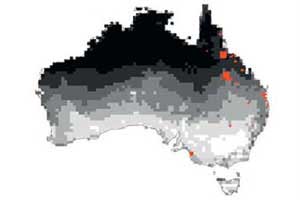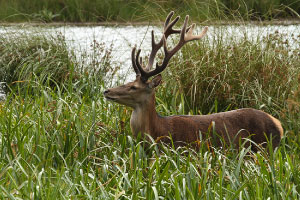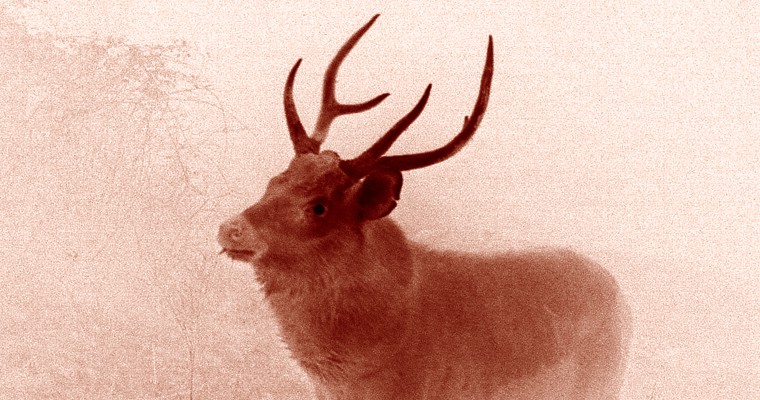Feral deer are considered “protected wildlife” under Victoria’s Wildlife Act, and yet this introduced species is a growing threat to many of the native animals this Act of Parliament is supposed to protect.
The Act also protects a number of non-native birds for game that are invasive and have the potential to spread.
Paradoxically, several native wildlife species in Victoria are unprotected.
The Victorian Government is reviewing this Act, and we are calling for a change so that it no longer gives special protection to feral deer and non-native birds.
Key points from our submission
Submissions to the Wildlife Act review have now closed, and a summary of community engagement in the process is expected out later this year. You can follow the process on the Engage Victoria website.
Key points from our submission:
- The definition of wildlife and protected wildlife in the Wildlife Act must only refer to species indigenous to Australia.
- The objective of Victoria’s Wildlife Act should be about protecting Victoria’s native wildlife not introduced animals for game.
- Feral animals such as deer and introduced birds must not be protected under the Wildlife Act.
- Feral deer should be declared pest animals in Victoria so they can be effectively controlled and their impact reduced.
Hangovers from the past
The protected status of deer and some non-native birds is a hangover from early colonial attitudes that considered them “wildlife” to be protected as game animals. This attitude has hindered effective control of feral deer in Victoria as the population has grown and spread.
When the Wildlife Act was created in 1975, Victoria’s feral deer population was small and confined to a few small areas. Forty-five years later, there are now more than 1 million feral deer spread out across the state. These animals are having significant impacts on nature, agriculture and community safety, despite being regulated through game management and hunting.
The Wildlife Act has failed to adapt to increasing numbers and impacts of deer across Victoria and there is no justification now for feral deer to be classified as protected wildlife.
Just months ago a ground-breaking Senate report into the impacts of feral deer, pigs and goats in Australia recommended that all Australian jurisdictions make any necessary changes to their existing legislative and regulatory frameworks to:
- Ensure that wild deer are treated as an environmental pest.
- Maximise the ability of landholders to control feral deer on their land.
- Maximise the ability of park managers to control feral deer in World Heritage Areas and national parks.
Several non-native birds protected under the Wildlife Act for game are invasive and have the potential to spread.
Non-indigenous quail, partridges and pheasants are introduced birds yet classified as protected wildlife under the Wildlife Act and declared Game in Victoria. Non-Indigenous quail and partridge have extreme pest potential and have formed feral populations in many parts of the world. Feral populations of pheasants occur on King island, Rottnest Island as well as in New Zealand.
There is a real risk that these exotic game birds will become feral in Victoria and as such must cease to be protected game under the Wildlife Act and their release into wild or semi-wild situations prohibited.




